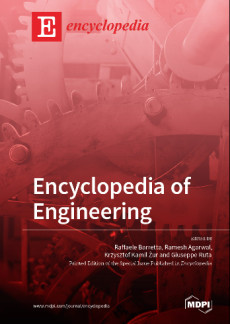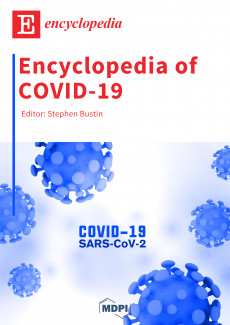You're using an outdated browser. Please upgrade to a modern browser for the best experience.
Subject:
All Disciplines
Arts & Humanities
Biology & Life Sciences
Business & Economics
Chemistry & Materials Science
Computer Science & Mathematics
Engineering
Environmental & Earth Sciences
Medicine & Pharmacology
Physical Sciences
Public Health & Healthcare
Social Sciences
Sort:
Filter:
Topic Review
Peer Reviewed
- 3.4K
- 18 Apr 2022
Topic Review
- 3.3K
- 03 Nov 2020
Topic Review
- 3.3K
- 27 Dec 2021
Topic Review
- 3.3K
- 21 Jan 2021
Topic Review
- 3.3K
- 06 May 2022
Topic Review
- 3.2K
- 01 Jul 2022
Topic Review
- 3.2K
- 03 Feb 2021
Topic Review
- 3.2K
- 07 Jan 2021
Topic Review
- 3.2K
- 16 Feb 2021
Topic Review
- 3.2K
- 04 Jun 2021
Topic Review
- 3.2K
- 20 Jan 2021
Topic Review
- 3.1K
- 29 Oct 2020
Topic Review
- 3.1K
- 22 Sep 2022
Topic Review
- 3.1K
- 15 Dec 2020
Topic Review
- 3.0K
- 30 Sep 2021
Topic Review
- 3.0K
- 10 Feb 2022
Topic Review
- 3.0K
- 23 May 2022
Topic Review
- 3.0K
- 01 Nov 2020
Topic Review
- 3.0K
- 22 Sep 2021
Topic Review
- 3.0K
- 05 May 2022
Featured Entry Collections
>>
Featured Books
- Encyclopedia of Engineering
- Volume 1 (2023) >>
- Chief Editor:
- Encyclopedia of Social Sciences
- Chief Editor:
- Encyclopedia of COVID-19
- Chief Editor:



